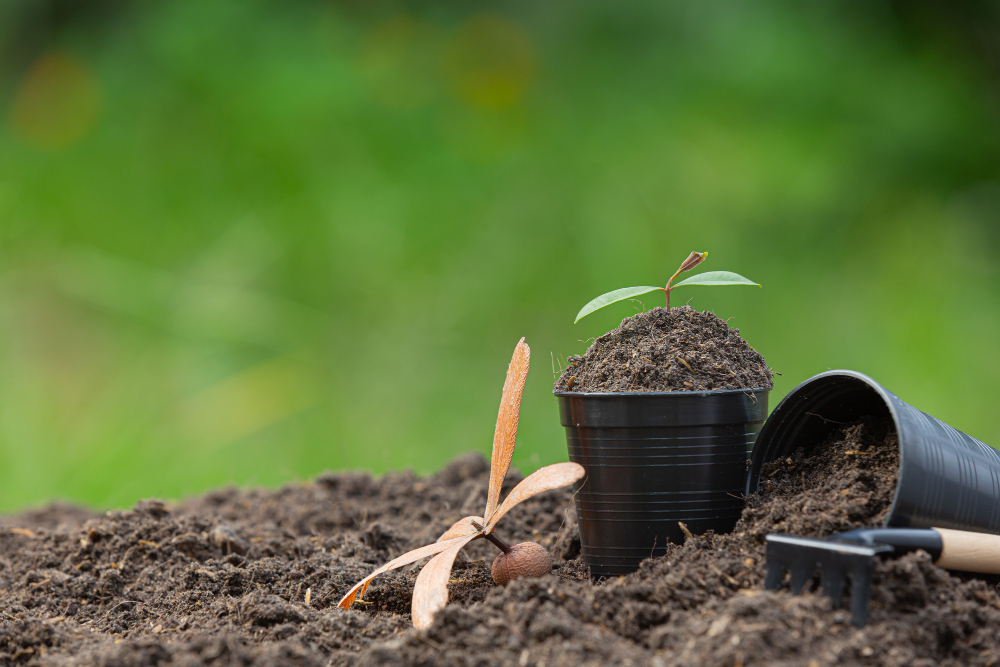Winter sowing can be a sustainable and cost-effective way to grow native plants at your doorstep. Simply put, it involves sowing seeds in containers and leaving them outside to stay dormant during the winter. As temperatures rise in the spring, the seeds start to sprout, giving you an early start on growing your plants. Here, we will dive deep into the winter sowing technique and its many benefits.
How Does Winter Sowing Work?
Winter sowing works by simulating the natural environment of plants. For instance, many plants in the wild rely on frost and snow to break down their seeds and expose them to air. By replicating these conditions in the winter, we can give seeds the primary factors for their growth. Winter sowing allows seeds to get exposed to naturalists slowly, rather than shockingly, as indoor warmth can cause.
Advantages of Winter Sowing
One of the main advantages of winter sowing is early plant growth. With the seeds sown in the winter, once spring arrives, the plants are ready to grow without needing an indoor environment. When other gardeners start sowing their seeds, your winter-grown plants will be ahead of others. Additionally, it is cost-effective since the process doesn’t require a lot of equipment. The method is eco-friendly, with no plastic waste, and can offer a long-term solution to nurturing plants.
What Can You Grow with Winter Sowing?
Winter sowing works best with self-sowing perennials, annuals, vegetables, and herbs that are hardy and can survive cold weather. Such plants have the natural ability to survive the winter, even when the temperature is below freezing. Some examples of plants ideal for winter sowing include echinacea, poppies, cosmos, leeks, lettuce, and radishes. By growing these plants through winter sowing, you also help to keep the skies more apparent and extend the growing season.
Preparing for Winter Sowing
To prepare for winter sowing, you will require containers such as milk jugs or clear plastic cups that act as greenhouses to trap heat. It would help to have a growing medium, seeds, tape, and a sharp knife or scissors. The steps involved in winter sowing include cutting up the containers, filling them with soil, sowing seeds, and watering. For the best results, ensure the container drains excess moisture well and label the seeds.
Join GINLC Winter Sowing Workshop
Join Grosse Ile Nature & Land Conservancy for this December’s informative winter sowing workshop. During the workshop, you’ll learn more about the winter sowing technique, how to prepare and sow seeds, and some of the best plants to grow with this method. The workshop occurs from 01:00 to 02:30 pm on December 10, 2023, at 8801 Macomb RD, Grosse Ile, MI.

Winter sowing is a simple technique that can transform your garden into a native plant paradise. By replicating ideal natural conditions for seed growth, you can grow hardy plants even during the coldest time of the year. Join Grosse Ile Nature & Land Conservancy for the winter sowing workshop to learn more about this technique. You’ll learn how to grow native plants that are sustainable, cost-effective, and ecologically friendly, plus you’ll be ahead of other gardeners as early as next spring. Winter sowing is not only a way of gardening but also a way of extending the world’s greenery with aesthetically and economically valuable plants.






